Ecuador February 2020
We arranged our own flights and the rest of the holiday was organised by an Ecuadorian company called San Jorge Eco-Lodge and Botanical Reserve: Magical Birding Circuit. We left Bristol on 31 January on a flight to Amsterdam for the first leg of our journey to Quito, the capital of Ecuador. It is possible to do this in one day but we decided to stay overnight at a hotel close to Schiphol Airport. The flight the next day was fine, so we arrived at Quito not feeling too tired. We were picked up at the airport and, after a drive of about 45 minutes, arrived at the lodge. After a nice meal we had a good night’s sleep and were ready to start birding at dawn the next morning. We were met by Dario, who was to be our guide for the first half of the tour on the western side of the Andes. We did some birding around the gardens, had breakfast and then started the drive to Tandayapa, our base for three nights. We made a few a few stops on the way, the best of which was a visit to Dario’s uncle’s place where there were a number of feeders set up, attracting a good number of species including Masked Flowerpiercer, Sparkling Violetear and Sword-billed Hummingbird.



We arrived at the wonderful Tandyapa Lodge which offers superb accommodation and excellent food, as well as the opportunity to see some brilliant birds at very close quarters.
We spent the next day exploring the area around the lodge as well as spending some quality time enjoying the lovely weather and amazing birds at the lodge itself. We were fortunate to see the Golden-headed Quetzel, as well as many beautiful hummingbirds and tanagers.




On the 4th February we had booked an extra day trip to Amerguza in the Mashpi area and, although this involved a drive of almost two hour drive each way, it proved to be a great decision as we had one of those birding days that will live in the memory for a very long time. The morning was spent at the feeders that attracted a large variety of species which included Empress Brilliant, White-whiskered Hermit, Wedge-billed Woodcreeper and Indigo Flowerpiercer. We were also very fortunate to see all three solitaire species found in Ecuador; Andean, Black and Rufous-brown.



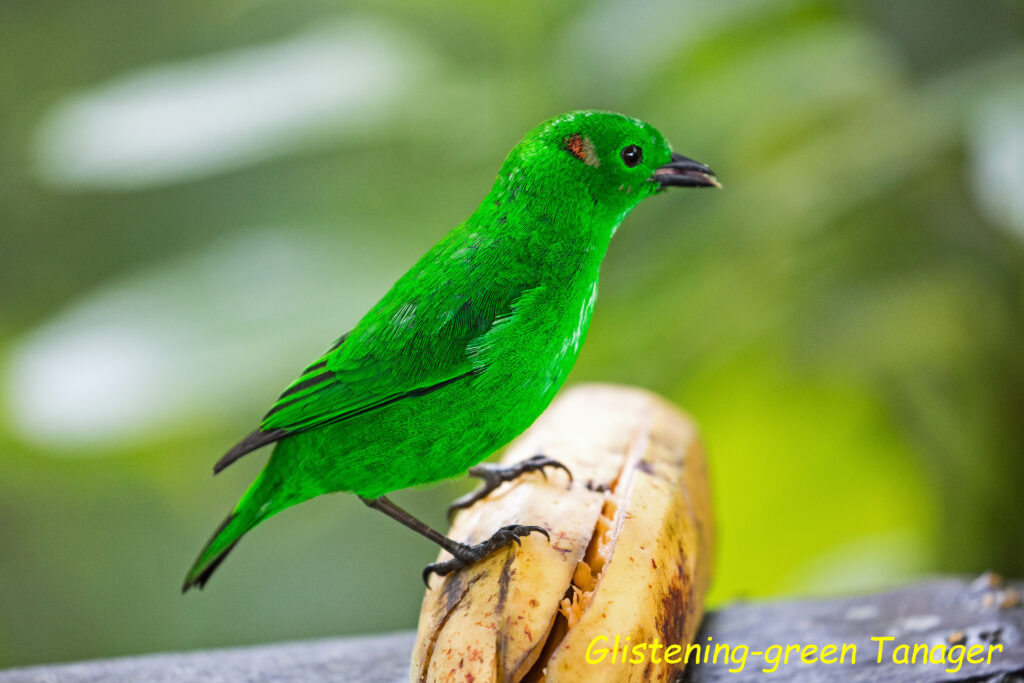

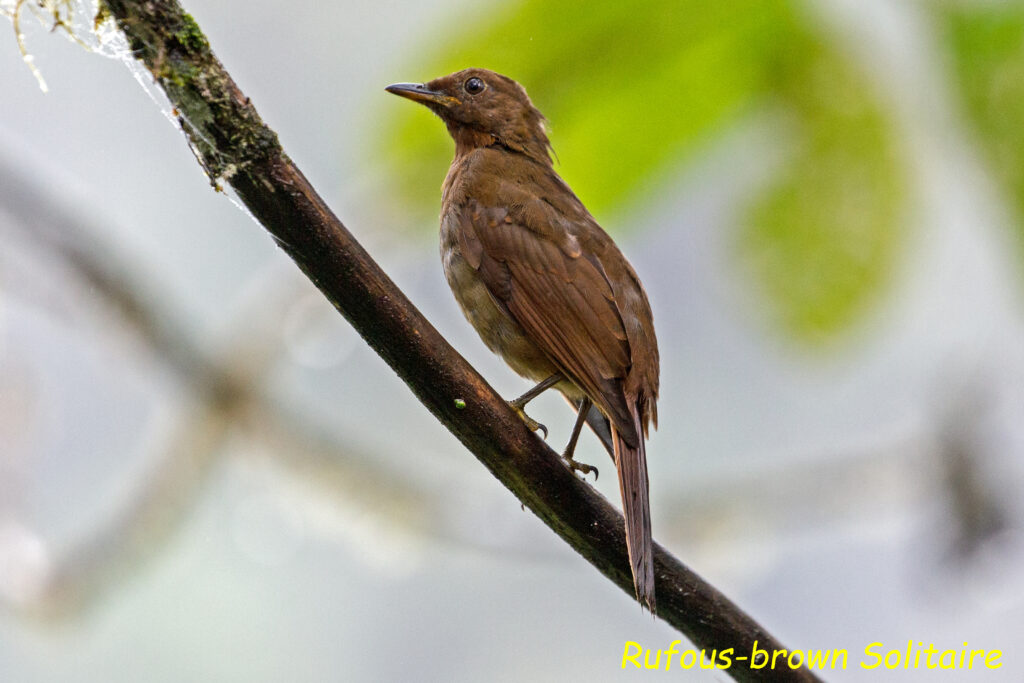
In the afternoon after a good lunch we had a leisurely walk around the area seeing a well disguised Common Potoo, Lyre-tailed Nightjar and Toucan Barbet, among many other species.



The following day we birded around the Lodge in the morning, adding to our growing list of species.

In the afternoon Dario set up a feeder using a couple of flowers he had collected in during the morning, enabling us to get nice photographs of some hummingbird species.


On 6 February, after our saying our farewells at Tandyapa, it was on to the lodge at Milpe. We did not take a direct route and, after an early start, we drove to a birding site where a white sheet was erected and lit. This was designed to attract moths and other insects encouraging the birds to come for their early morning feed. Although the light was insufficient to obtain decent photographs, we did see a number of species including Nightingale Thrush, Strong-billed Woodpecker and Chestnut-capped Brush-Finch. As the light improved and the birds were no longer feeding, we walked a short distance to spend some time at a small reserve which had a very large number of Hummingbird feeders attracting a huge number of birds including the Wedge-billed Hummingbird, Gorgeted Sunangel, Sickle-winged Guan and the beautiful Violet-tailed Sylph.


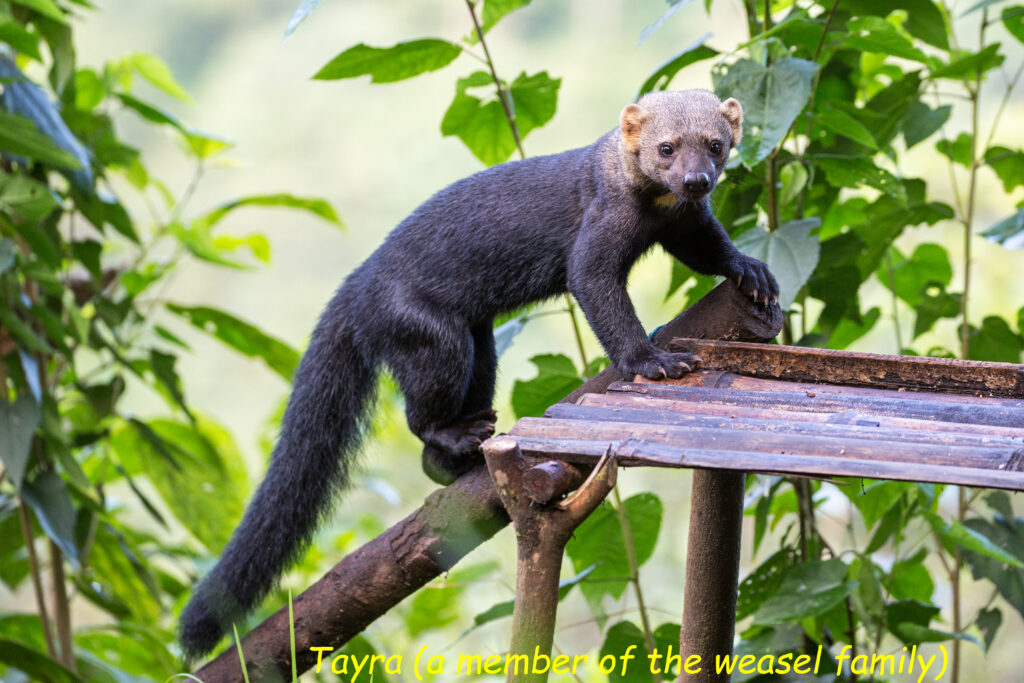
All too soon it was time to make our way to the lodge at Milpe but, as usual, we did stop to do some birding.
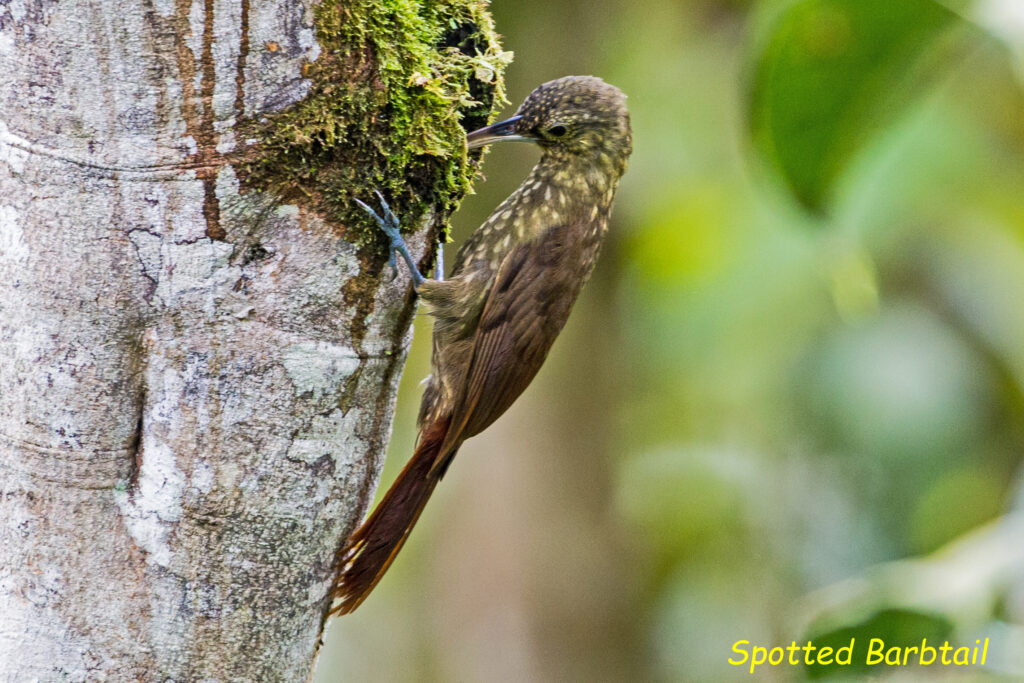
This lodge is also of a very high standard and we had a very nice cabin with a deck, overlooking the forest.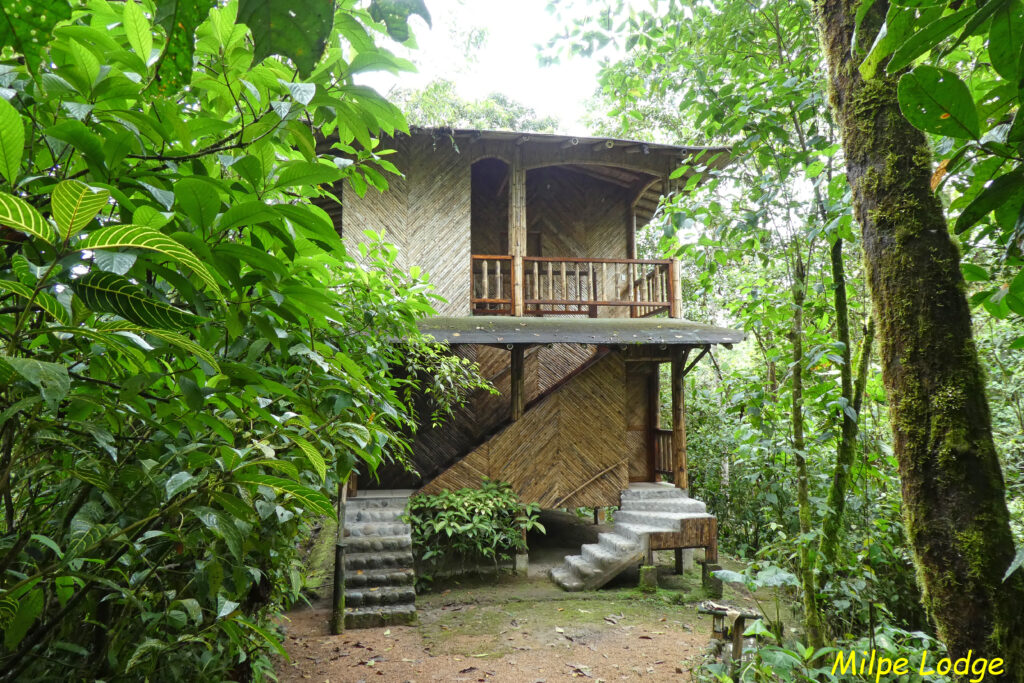
The next day started off well as we found a quite rare bird of prey, called a Tiny Hawk, which was in a tree close to the restaurant. Before breakfast we set off for a walk round the local area seeing a good number of species, including Choco Toucan, Collared Trogon and Broad-billed Motmot as well as some nice sightings of butterflies.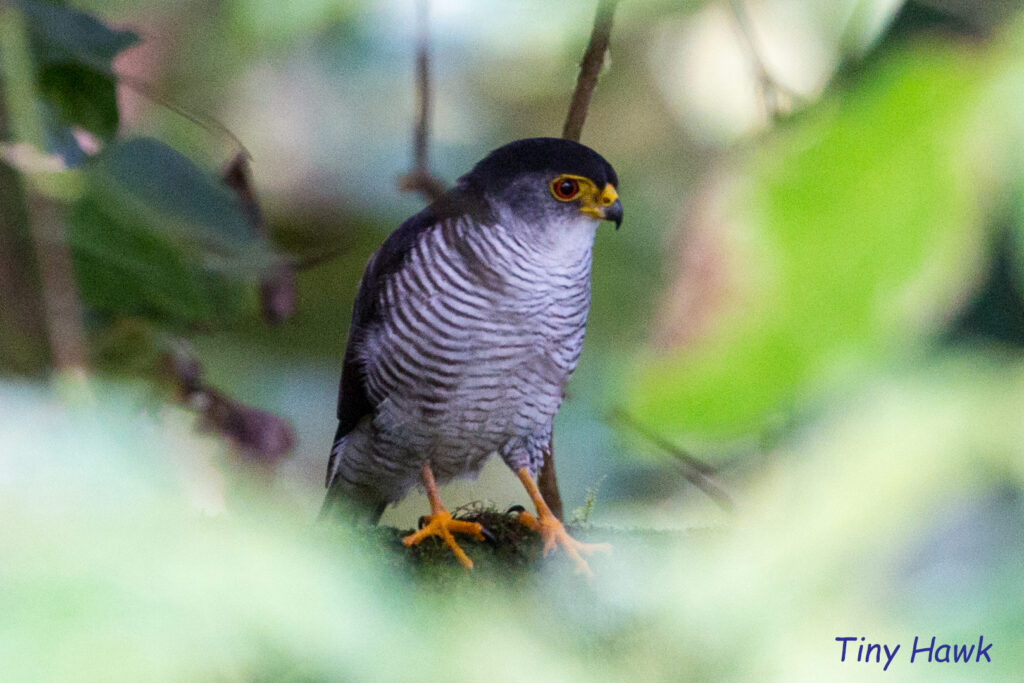
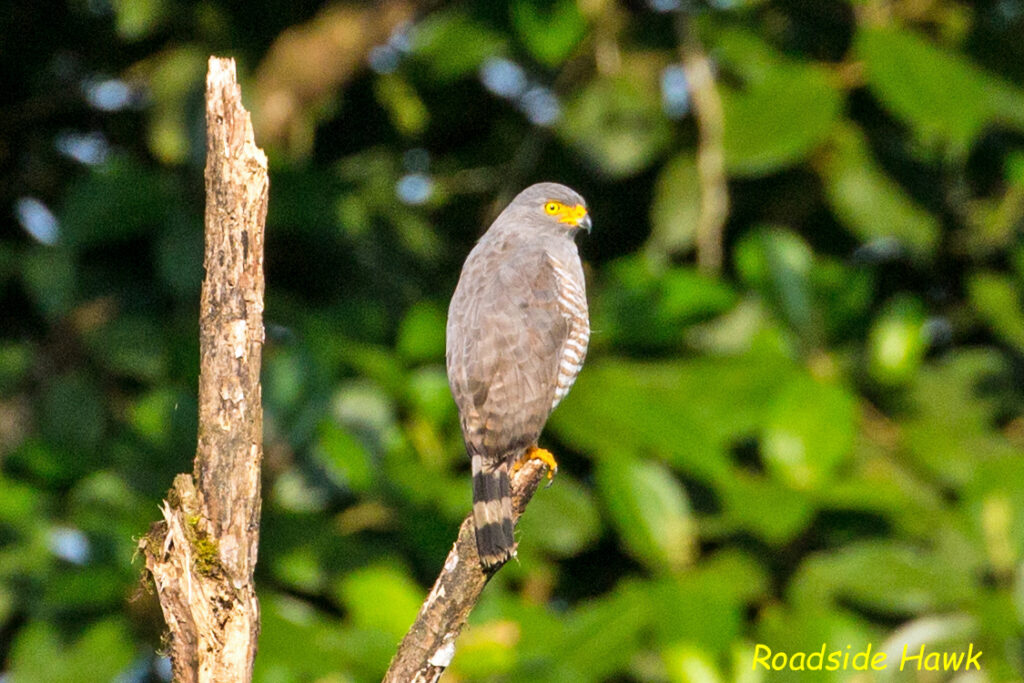
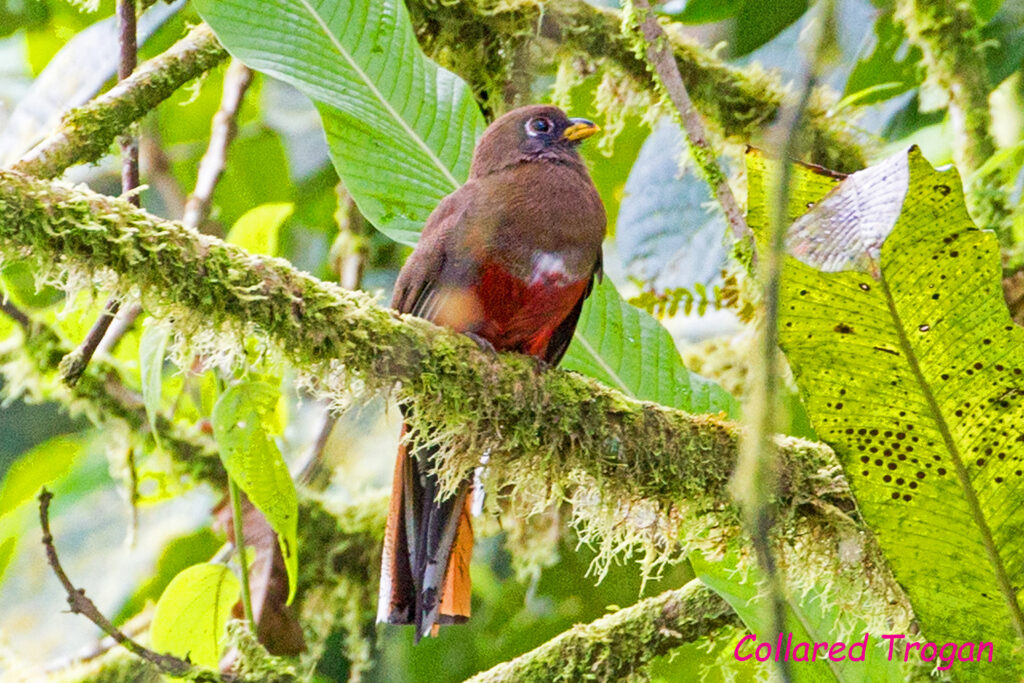
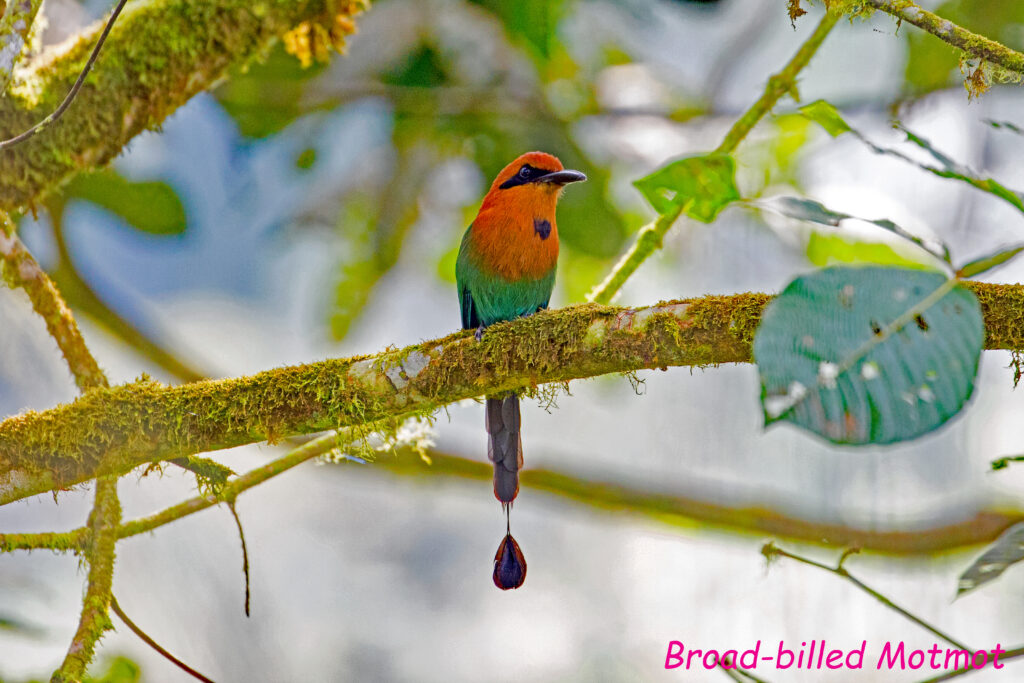
We took a different trail after breakfast and then had a ‘free’ afternoon. Unfortunately, it rained quite heavily for some time which inevitably reduced the number of birds we saw.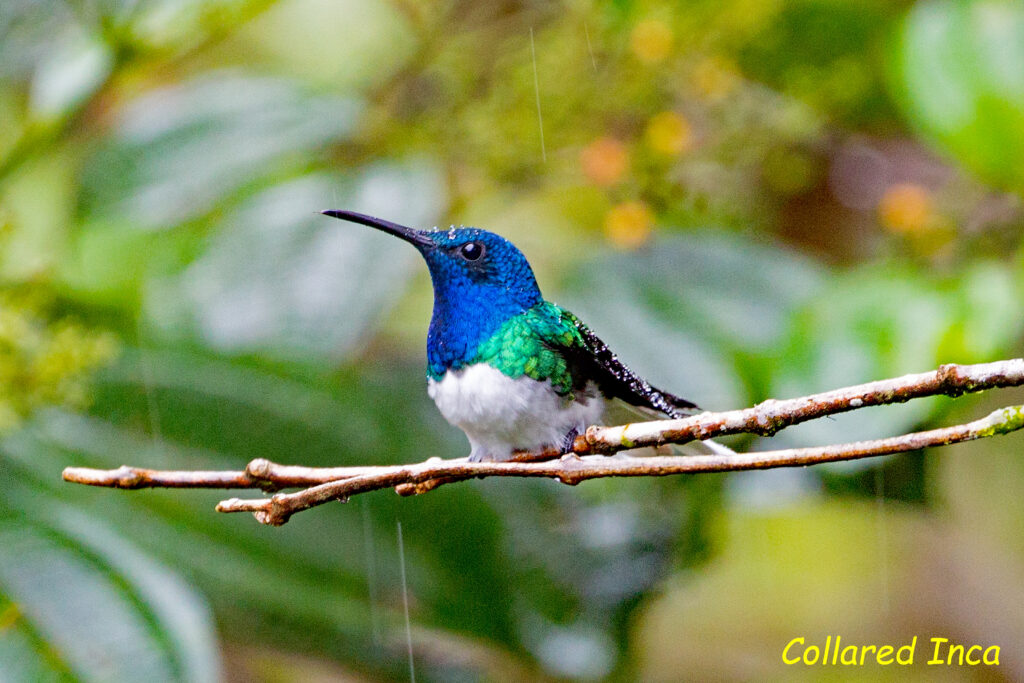
Following morning walks we transferred to the nearby Cliff Lodge in the afternoon for a one- night stay. The habitat was very similar to that at Milpe but we did see a few new species. Unfortunately, the next morning we failed to find our target bird, the rare and endangered Banded Ground-Cuckoo.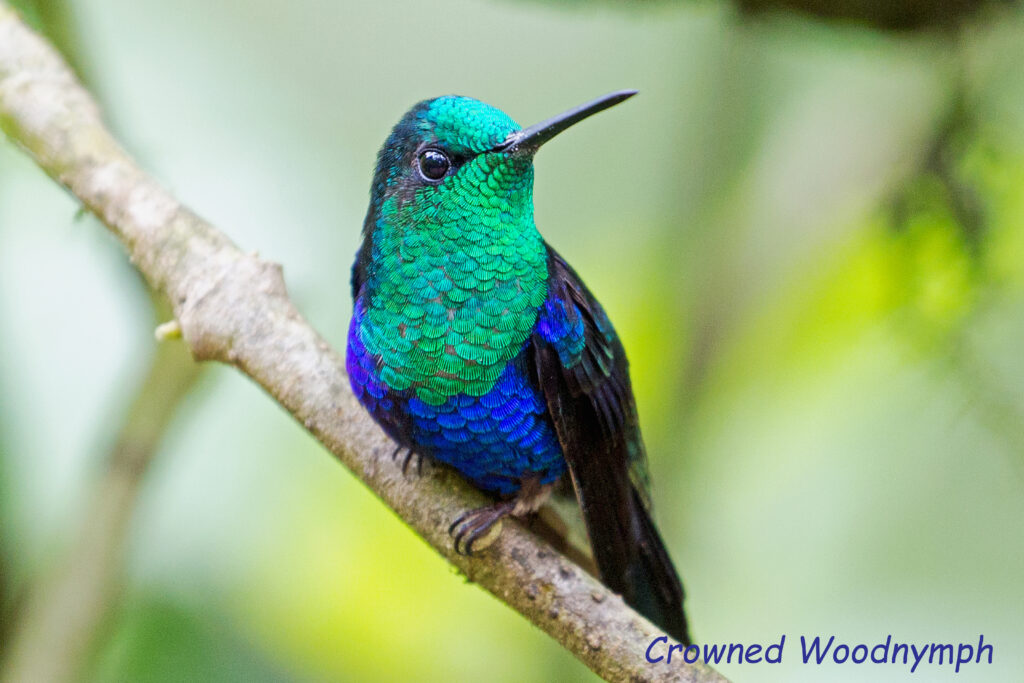
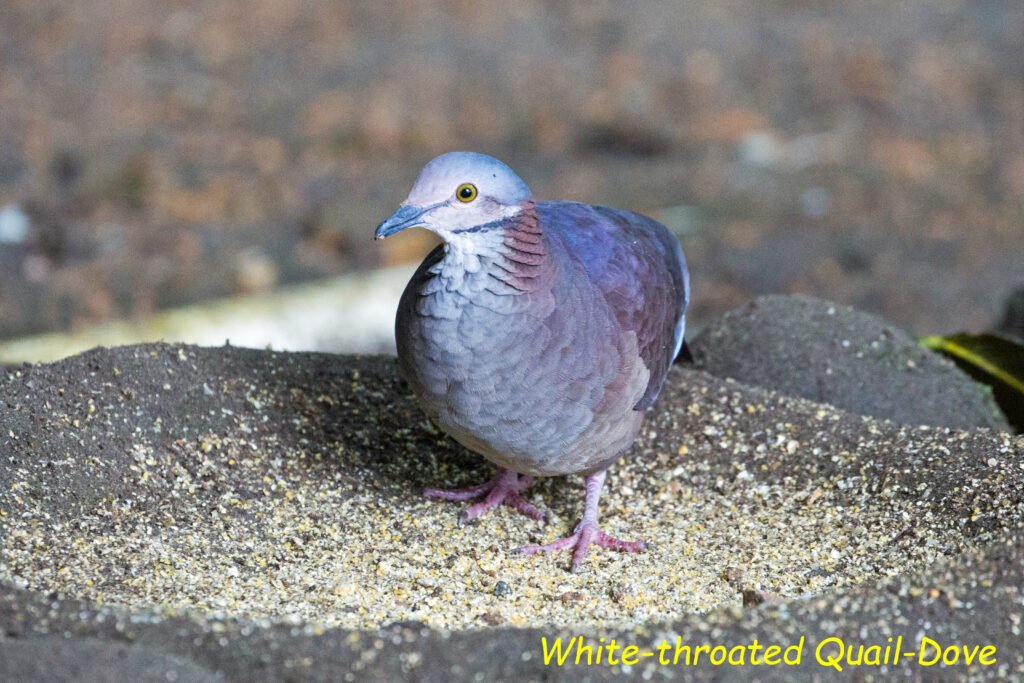

Far too soon it was time to leave this fantastic area, on the western side of the Andes, and make our way back to back to Quito. On the approach to City we crossed the equator.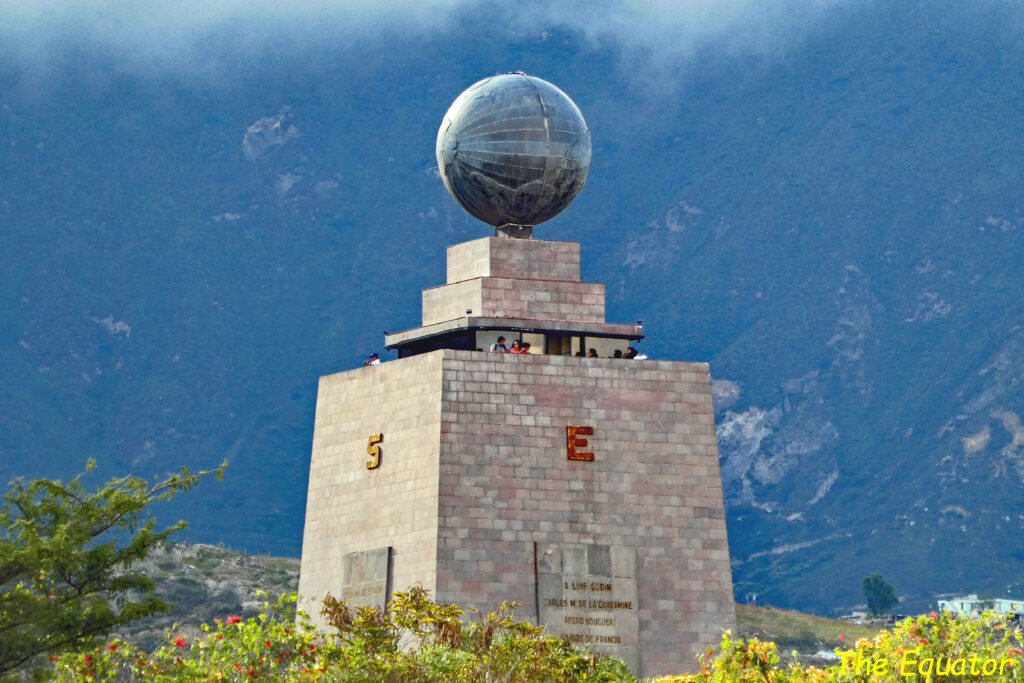

The next day was a complete contrast to the rest of the holiday as we did a city tour of Quito. We had an excellent guide, David, who showed us around the old city in the morning. After lunch we opted for a visit to the Botanical gardens which was a great decision as it turned out that David had worked there for 10 years, specialising in orchids, so we had an exceptional tour, particularly the part in the Orchid House.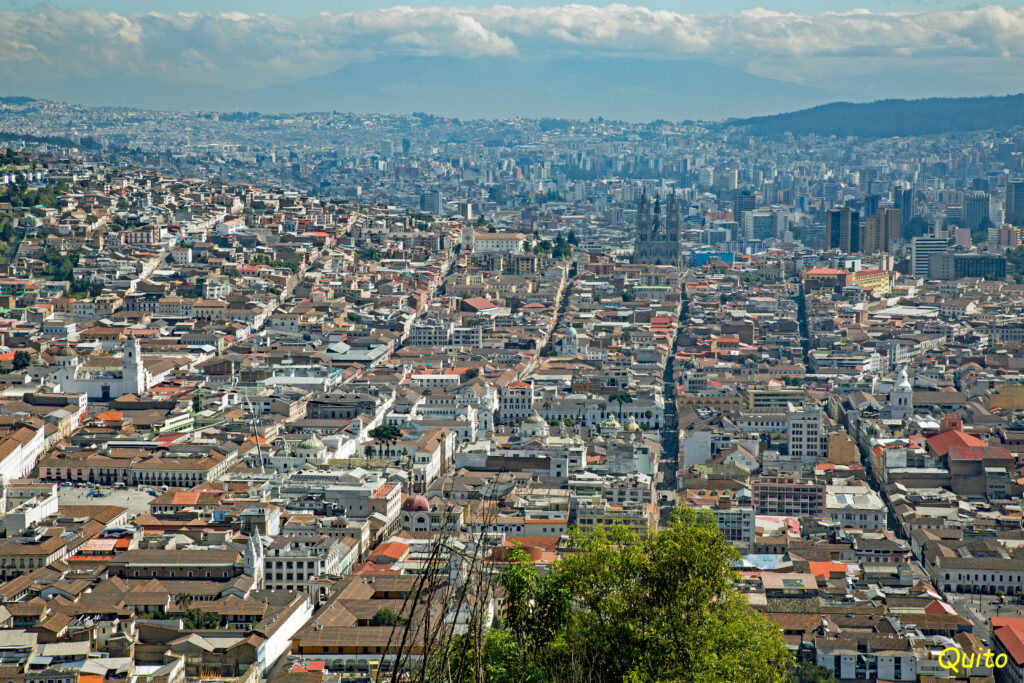
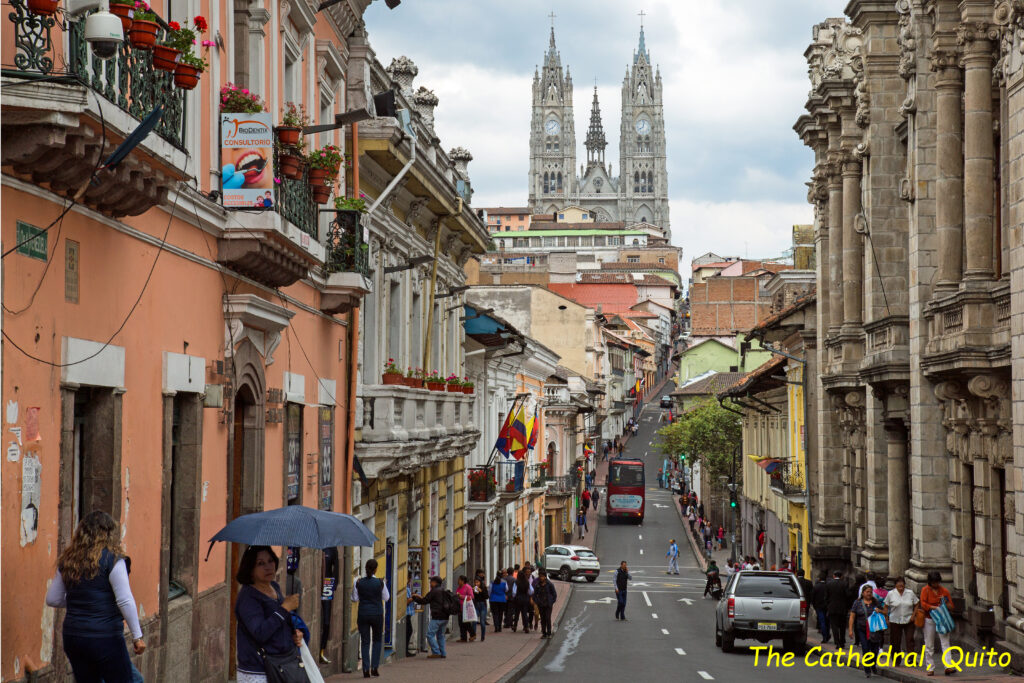

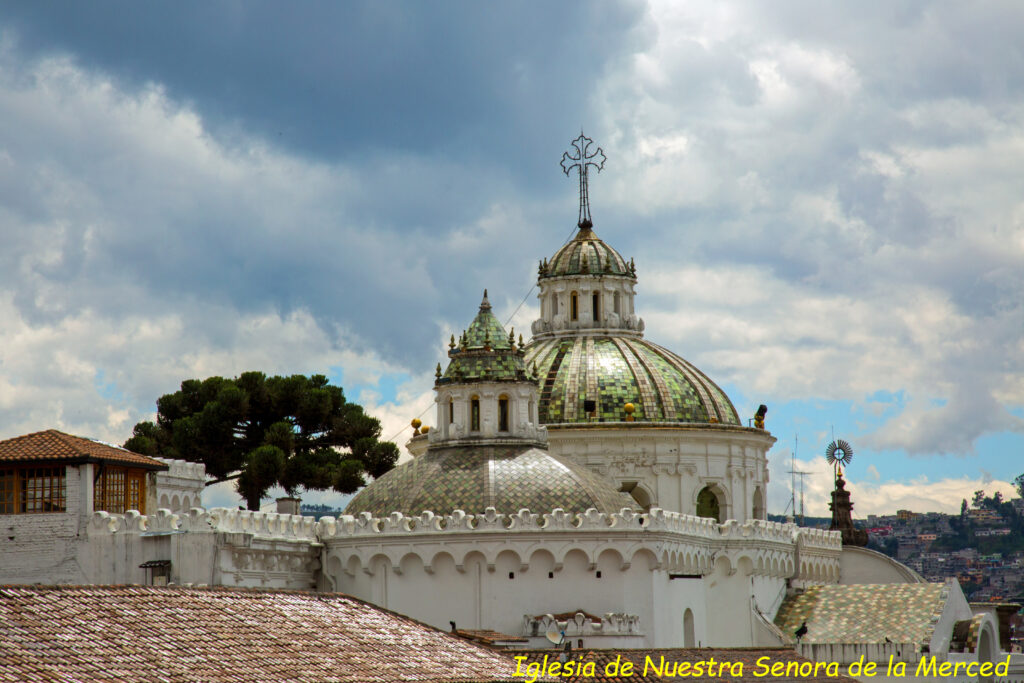
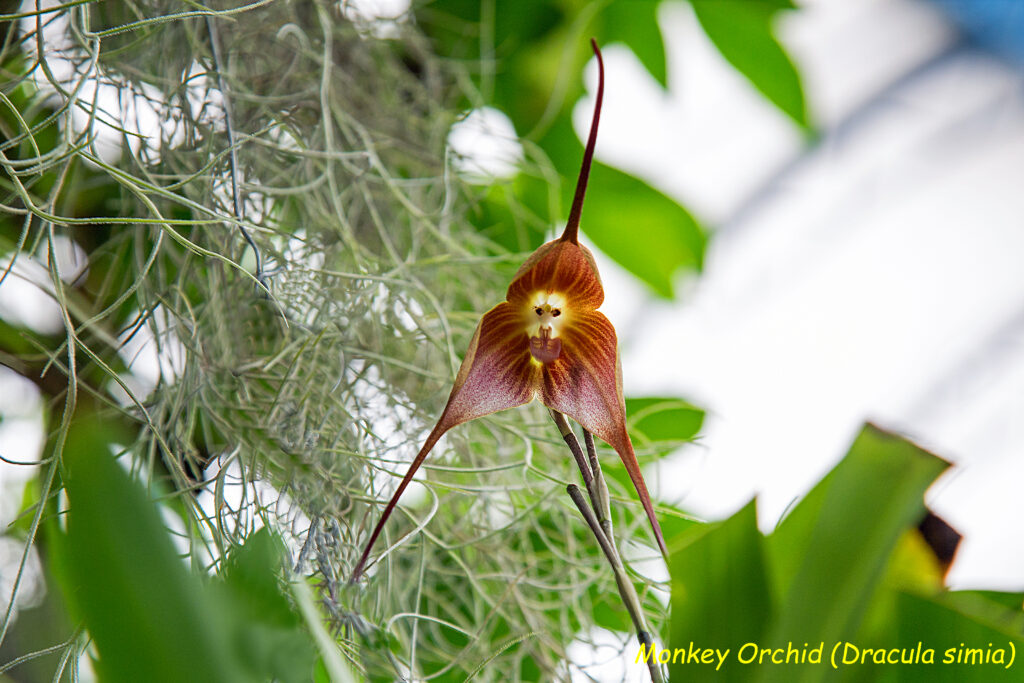
On 11 February it was back to birding with a visit to Antisana, situated at about 3 500 metres, in the Andean foothills. We were hoping to see the Andean Condor and we did see a group of 7 birds but they were far away. However, we did see a good number of new species including Black-chested Buzzard-Eagle, Black-faced Ibis, Ecuadorian Hillstar, Silvery Grebe and Andean Teal. We also had excellent views of some stunning scenery, particularly of Cotopaxi, one of the highest active volcanos in the world at 5807m. with the most recent eruption in August 2015.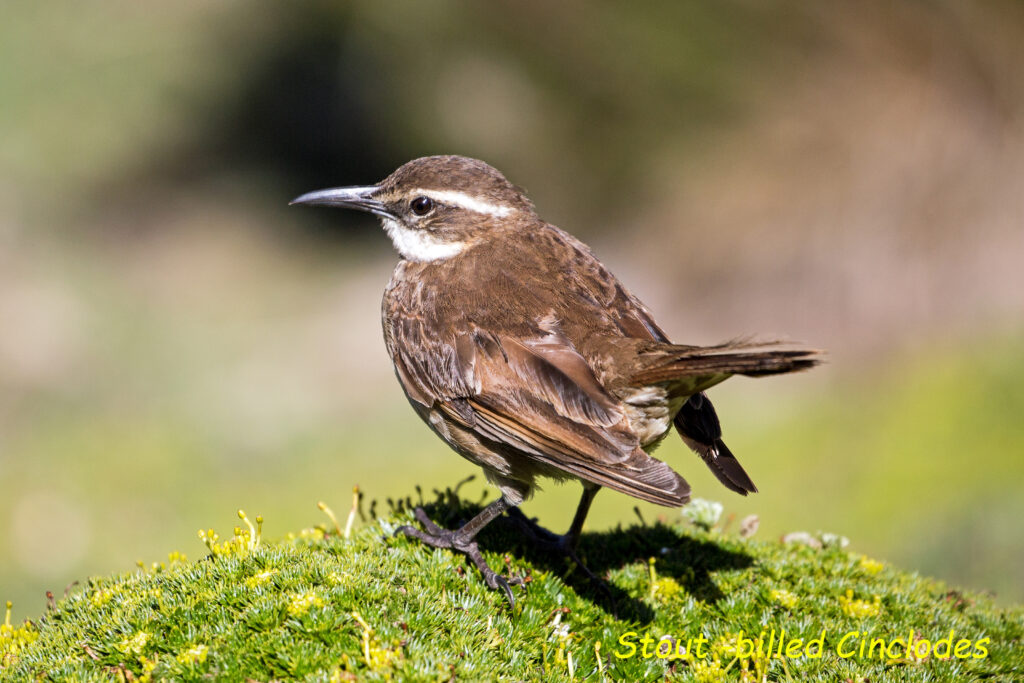
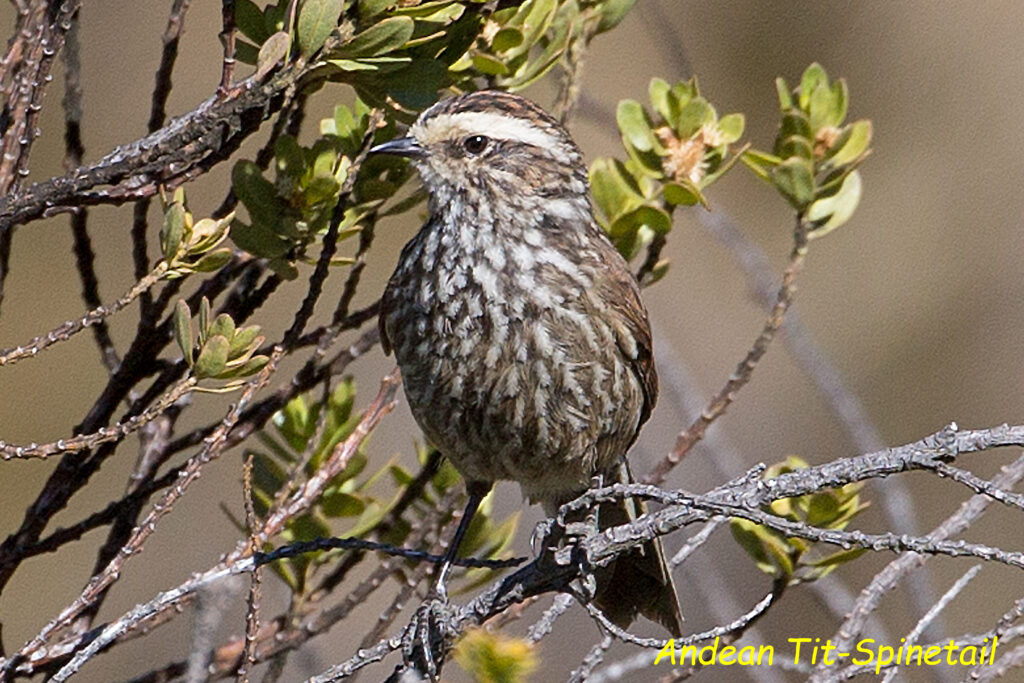

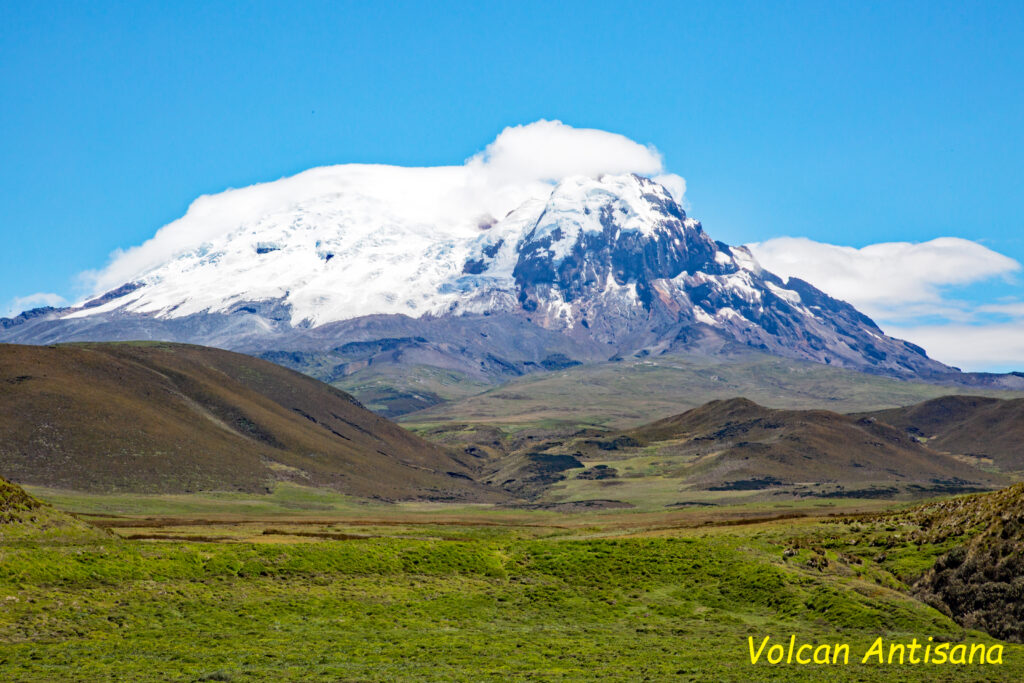

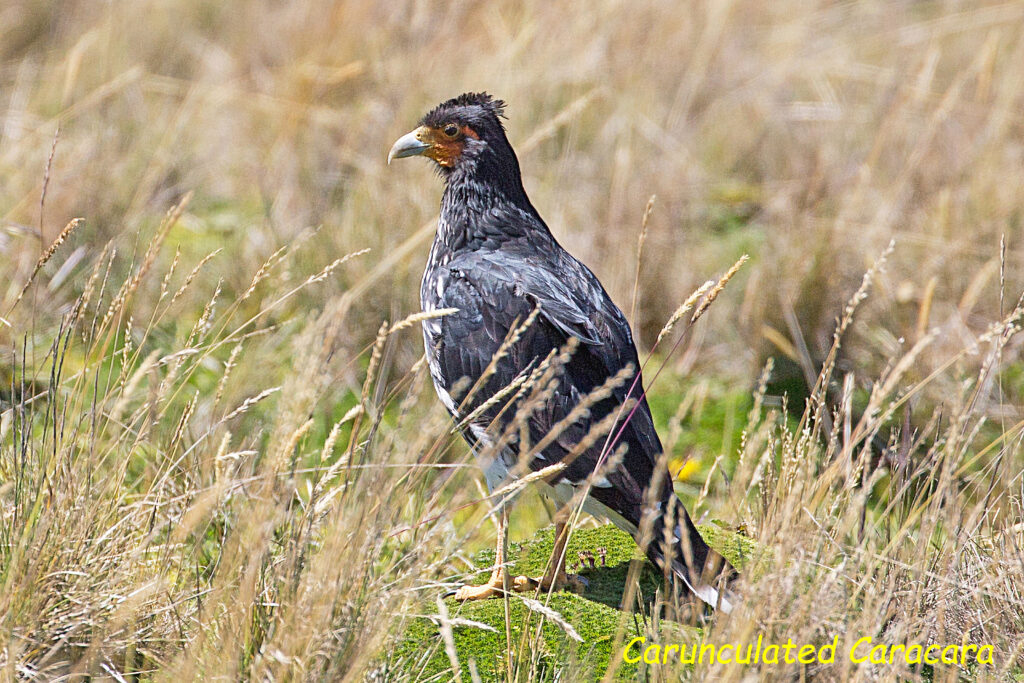
The 12th of February marked the start of the second half of the trip. Luis was our new guide and we had a journey across the Andes to the Amazon.There was low cloud as we made our way through the Papallacta Pass but conditions improved as we descended and we saw a number of new species including Scarlet-bellied Mountain- Tanager, Black-crested Warbler, Hooded Siskin, Cinereous Conebill, Black-chested Buzzard-Eagle and Red-crested Cotinga. As we were driving, Luis became very excited as a Red Brocket Deer ran across the road and he said he had only ever seen this species on two previous occasions.

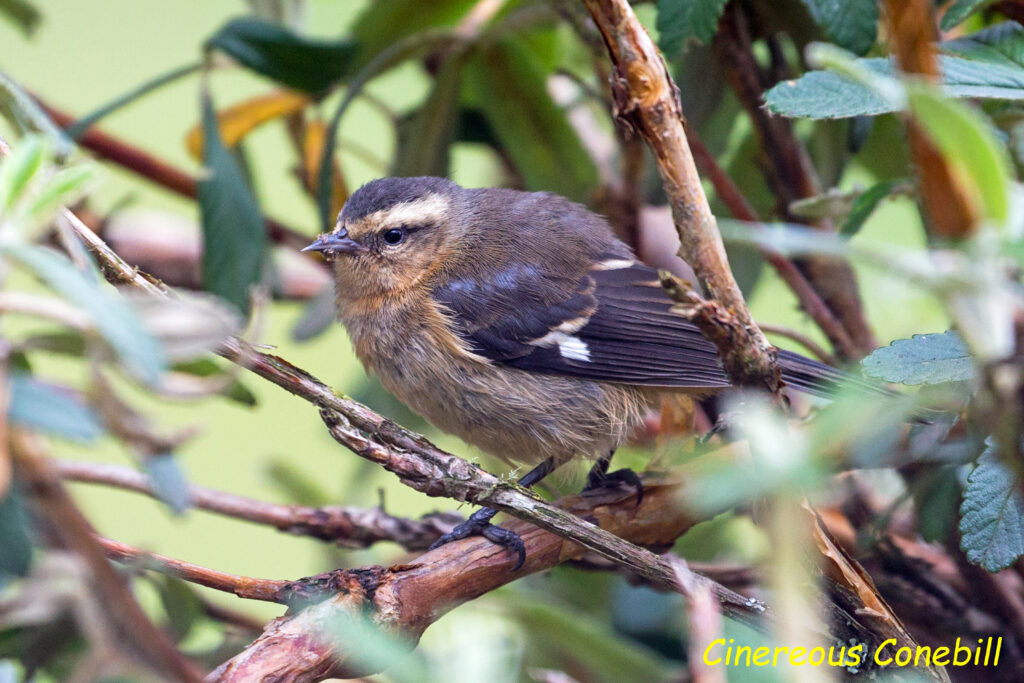
We then made a stop at the site of a new lodge that is being built. It looks like it will be a fantastic place to stay once it is complete and the land around, which is owned by the company, should provide some excellent birding. We continued our journey and checked in at a very nice hotel in Luxor for a one-night stay. There were feeders in the garden and a good opportunity to photograph more beautiful hummingbirds. The Booted Racquet-tail is interesting as it is a different race from that to the west of the Andes. The race on the east has rufous coloured ‘boots’ rather than white. Evolution in action! We then walked through the grounds hoping to see a Sun Bittern but, unfortunately, they were no longer around, although we were rewarded with an excellent view of an Andean Motmot.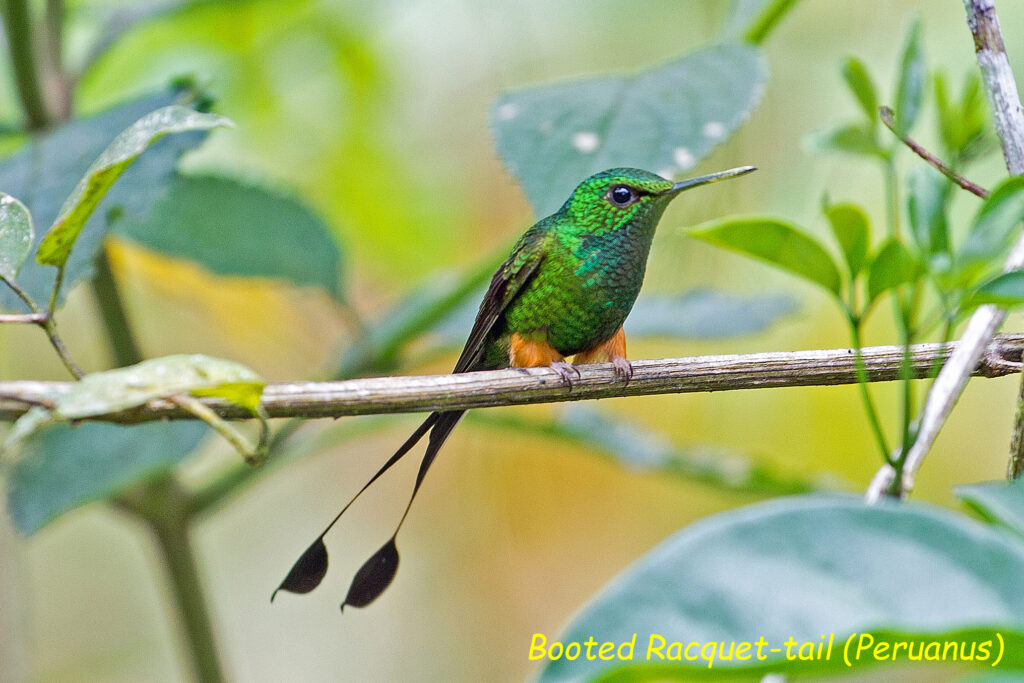
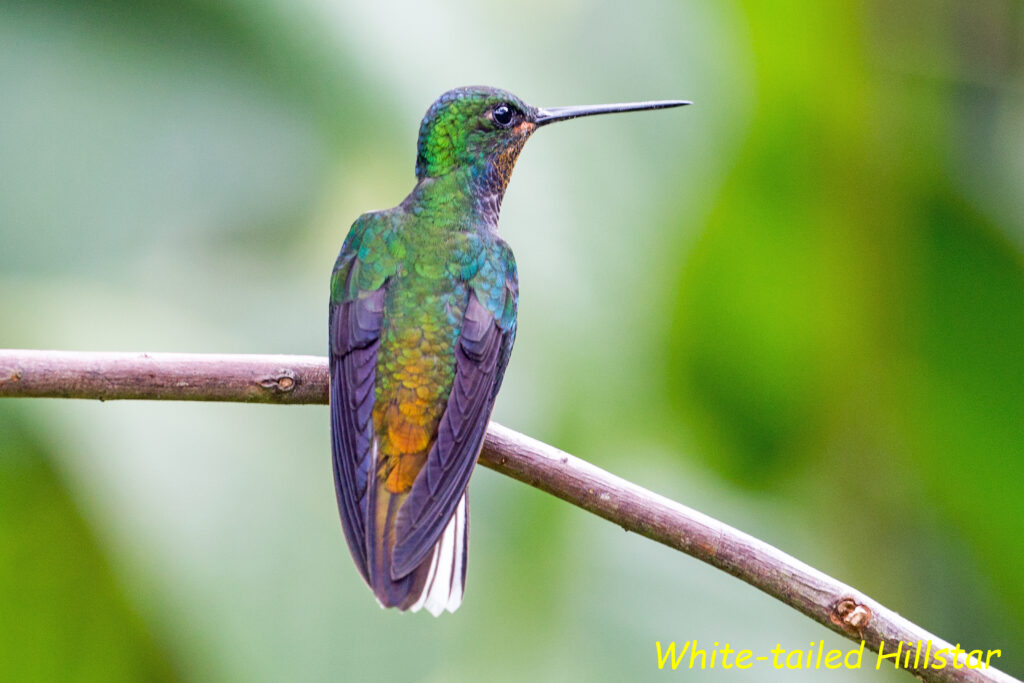
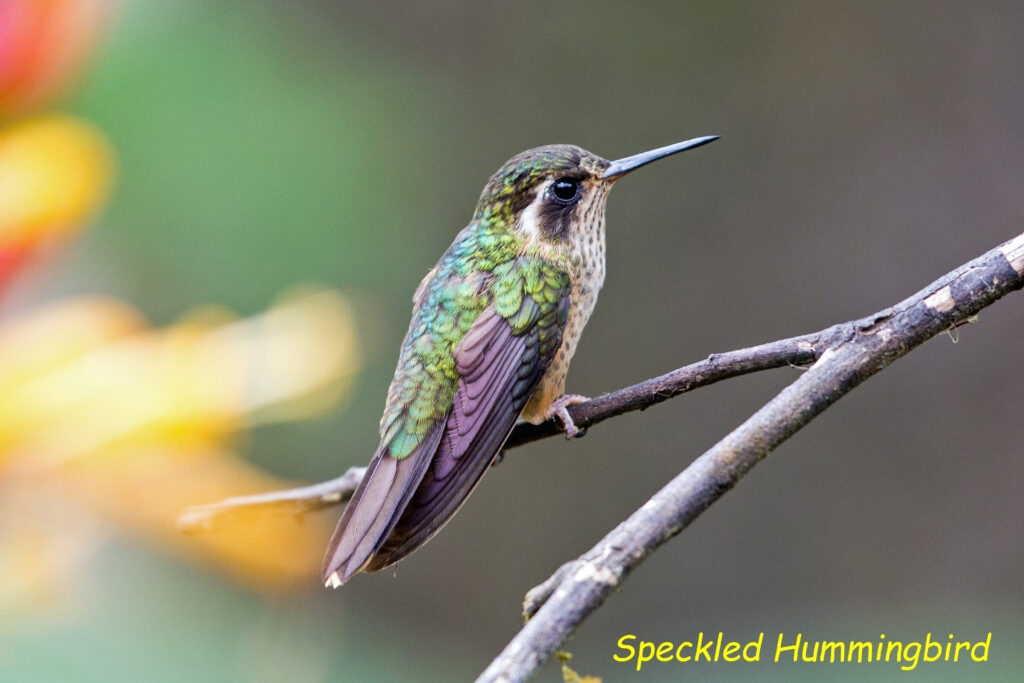
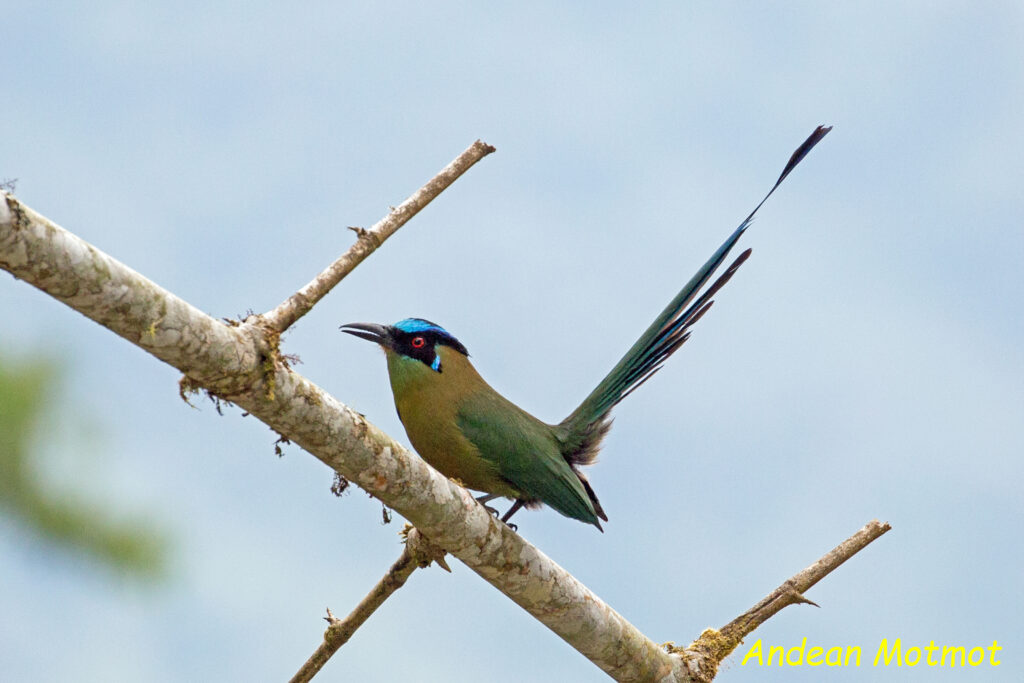
Later in the afternoon we went on a drive to site with a target bird in mind, namely the Cock-of-the-rock. Both in the morning and late afternoon they congregate in leks and Lois was aware of a little-known lek that was not too far away. There were a good number of birds there when we arrived, making a lot of noise, high up in the trees. It was a tremendous sight but getting a reasonable photograph was difficult. Fortunately, one bird came considerably lower than the rest and gave us the opportunity we wanted. Made our day!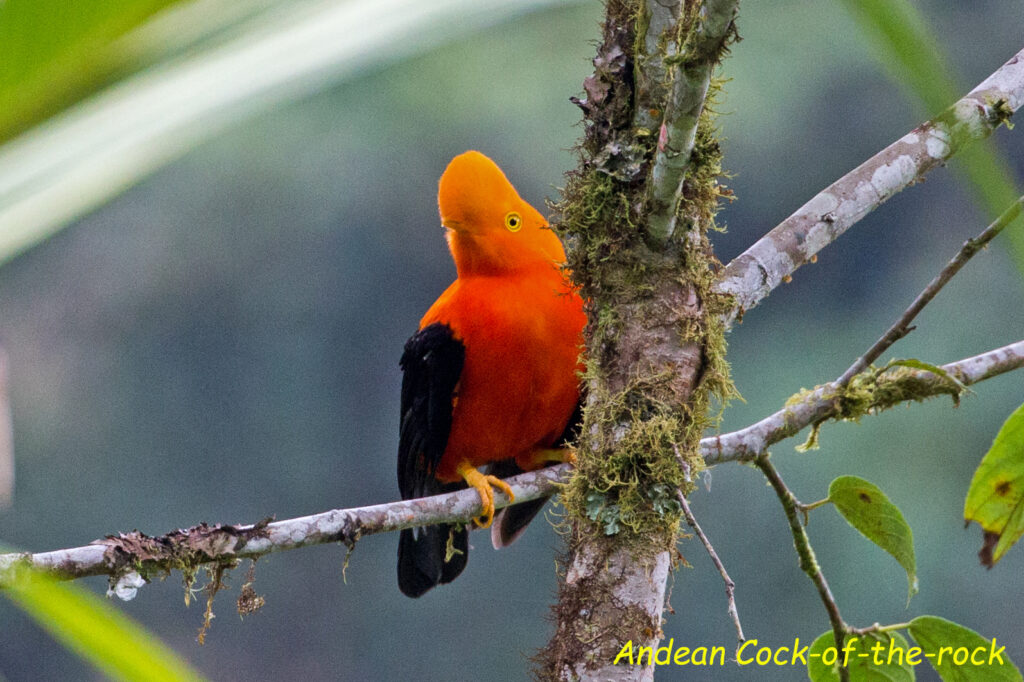
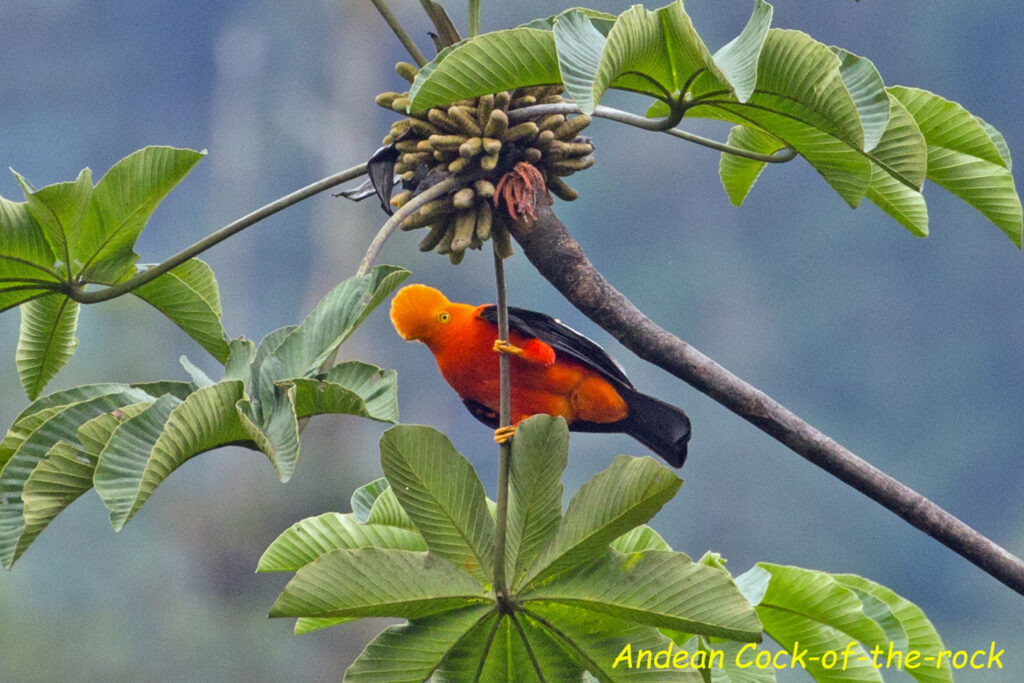
The next day we drove to Loretto and after some stops on the way we checked in at our hotel for a four might stay. Each of the next three days followed a similar pattern. We sent off early and drove a short distance to where a second new lodge is being built. We did some birding on the approach road and then had breakfast at the site of the lodge, as there are some facilities already in use. Each morning was spent following the various trails though the Amazon Forest. The birding was good, although not spectacular as it always difficult getting good views of forest birds. However, we did see a number of new species and we certainly built up our appetites for a lovely lunch each day. The afternoon was spent either wandering around the lodge or another walk before returning to Loretto.

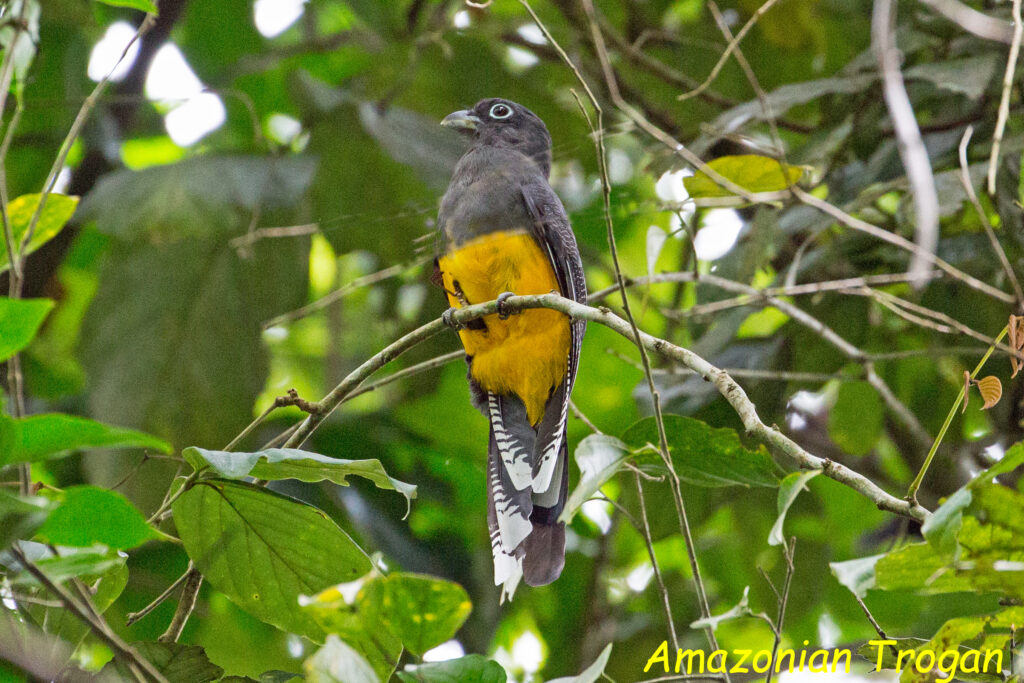
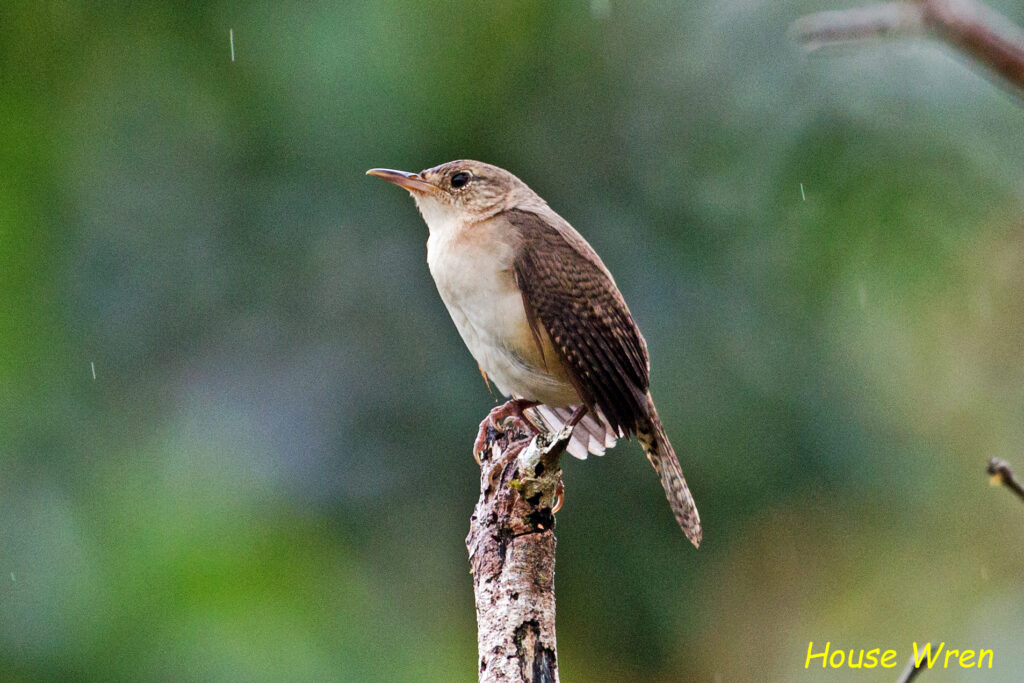


Then it was time to leave the forest and return to Quito. On the way to Loretto we had been held up by a fairly major land slide which partially blocked the road. We had heard that this had got worse and that the road was only open for a couple of hours in the morning. As a diversion would have involved a very long detour, we set off at 5 am and made it through without too much trouble. The advantage of this early start was that it enabled us to do more birding as we crossed the Andes.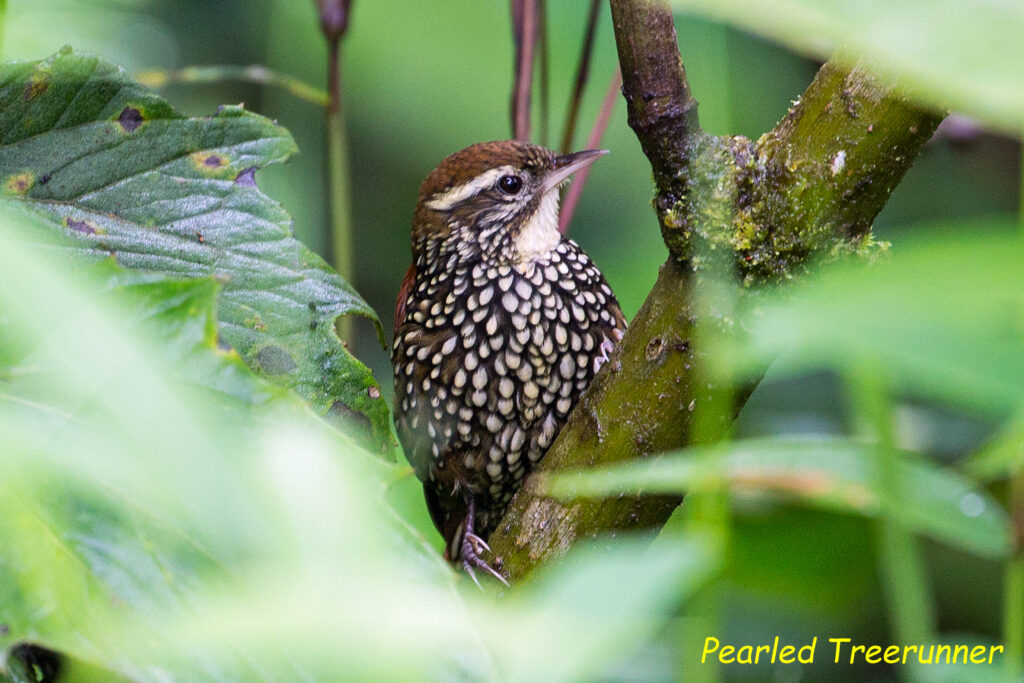


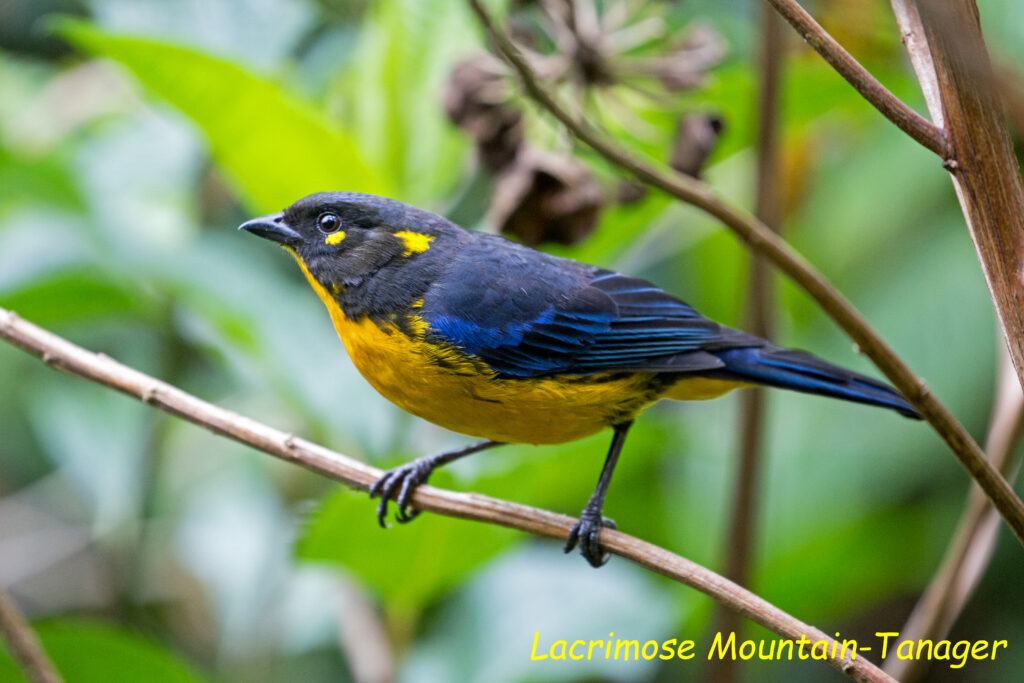
We had our third stay at the Quito Lodge and the next day we spent a few hours relaxing and wandering around the gardens and the final photograph is of a Shinning Sunbeam taken just before we left. Then it was an over-night flight to Amsterdam, followed by the short flight to Bristol.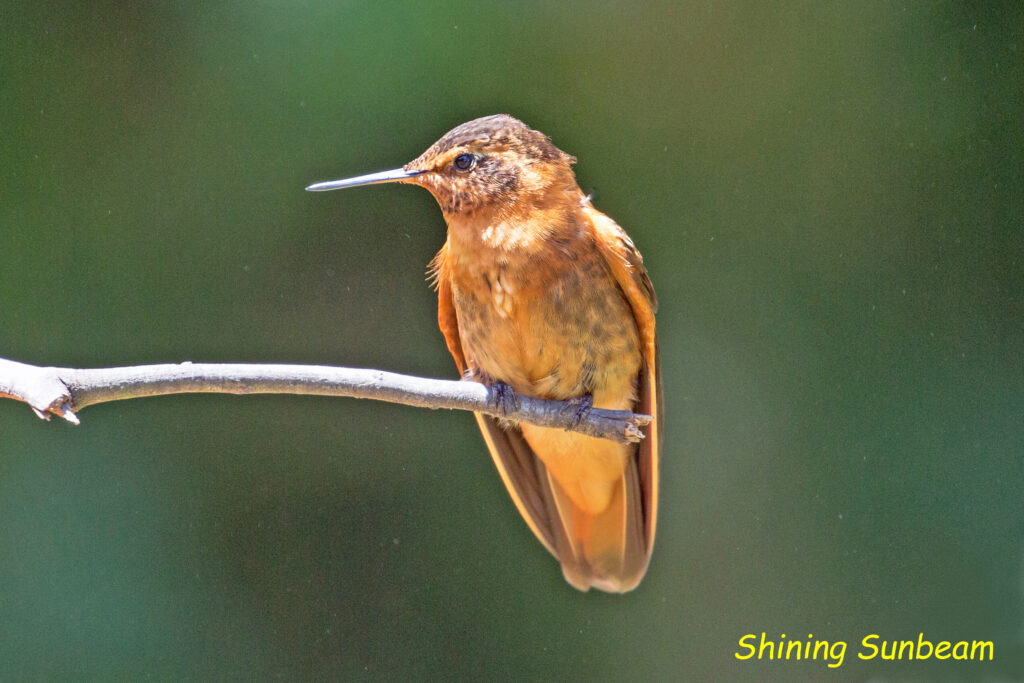
By the time we got back the Coronavirus pandemic was beginning so we were very pleased to be home and thankful that we had not booked the holiday for a month later. Ecuador is a wonderful country to visit for a birding holiday as the quality of the accommodation and the guiding were excellent. We saw a total of 456 species and obtained a good number of reasonable photographs.